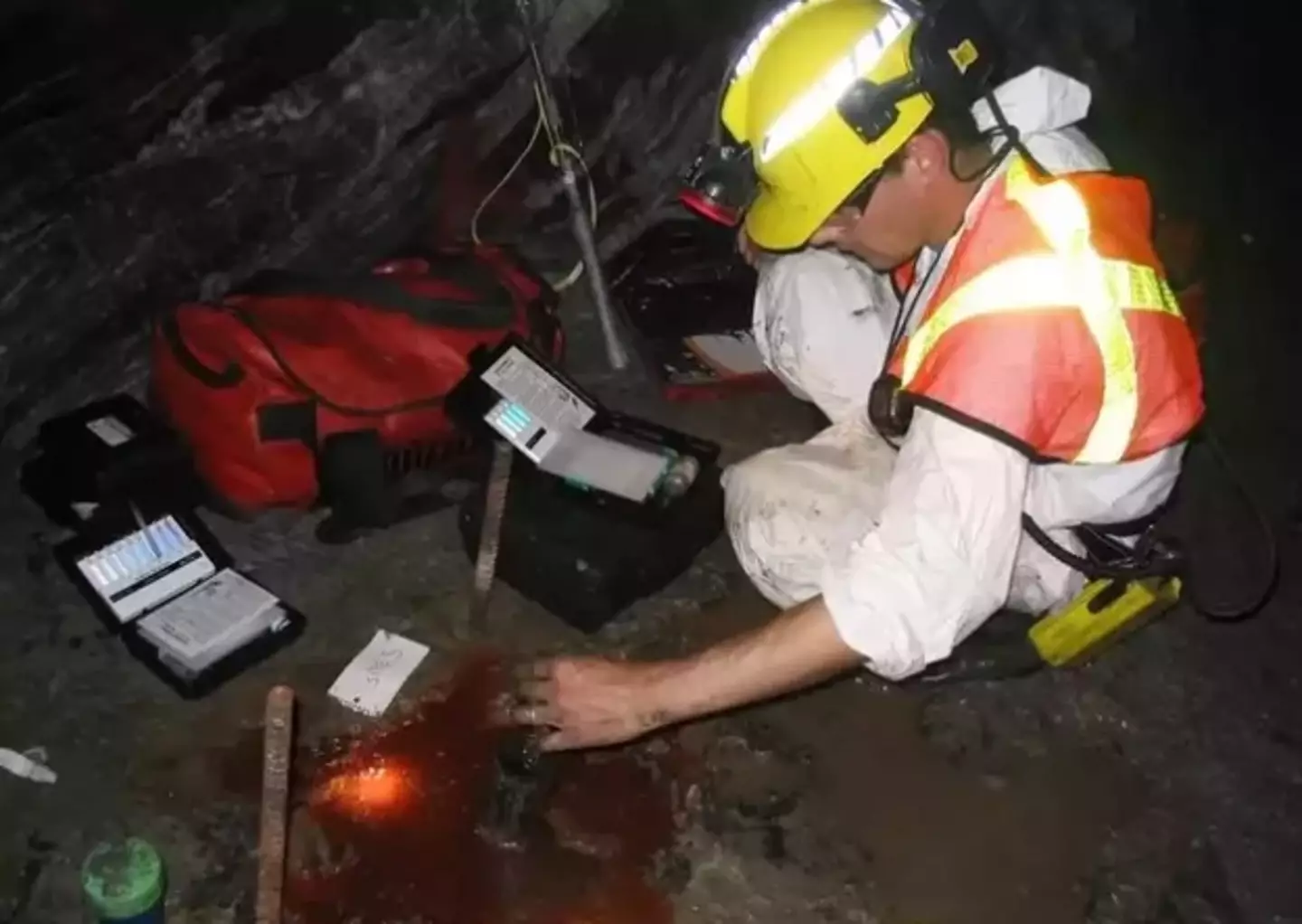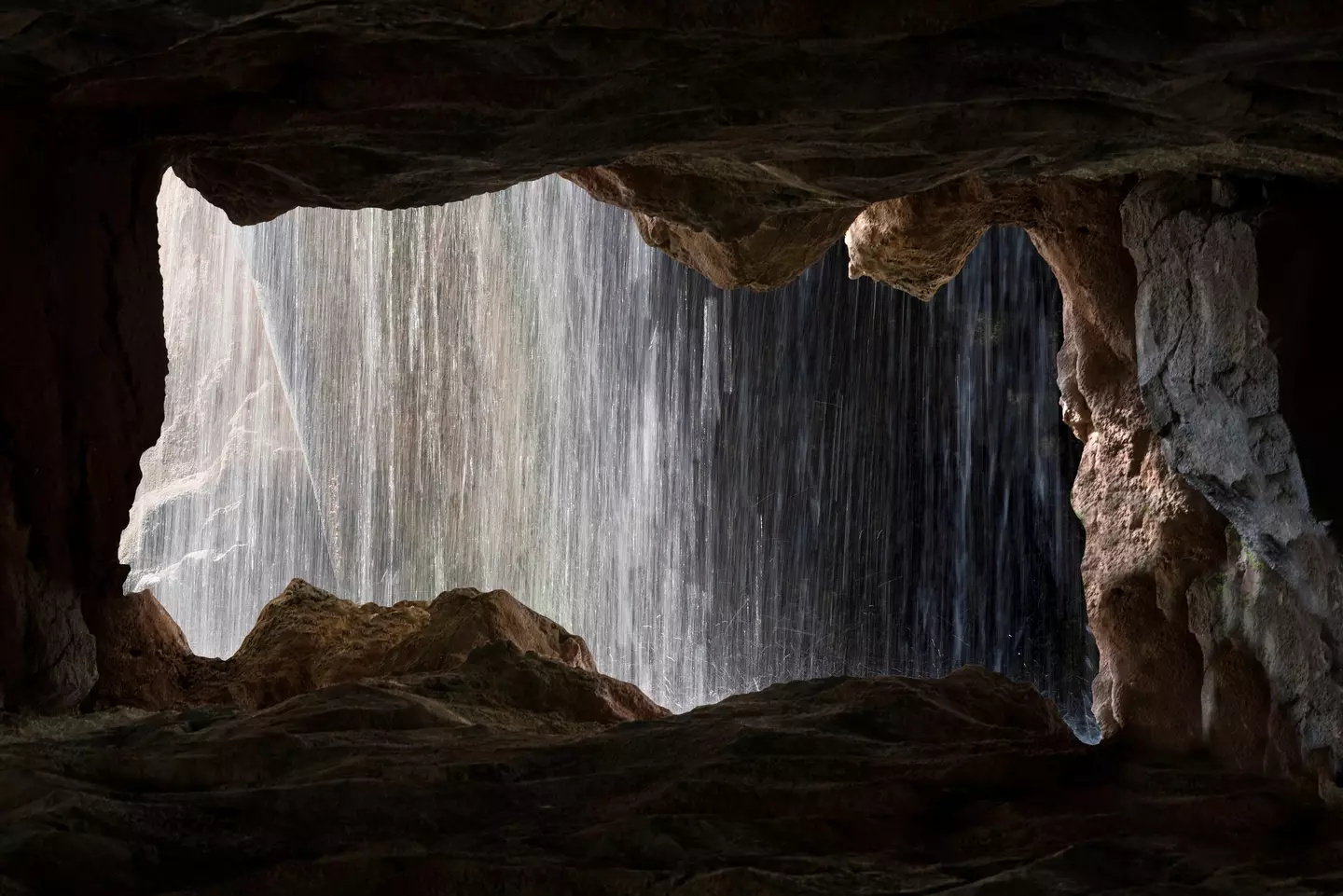
The oldest water in the world was found by an intrepid scientist who did what any ill-fated horror movie protagonist would do: they gave it a sip.
Thankfully, Barbara Sherwood Lollar survived the taste test without harm, with the geologist saying there were no ill effects to report.
That said, it didn’t taste great.
The discovery was made in 2016 in an abandoned Canadian gold mine, where a team of geologists had ventured around 1.8 miles underground before finding the water.
Advert

Upon testing it they determined it was somewhere between 1.5 and 2.6 billion years old, sitting undisturbed until the geologists’ discovery.
Breaking a multi-billion-year stasis, Lollar stuck her finger in the water and gave it a taste.
The ancient water, she said, was ‘very salty and bitter’, noting it was ‘much saltier than seawater’. Sounds… great.
Advert
As a geologist, taste tests are part of the job.
"If you’re a geologist who works with rocks, you’ve probably licked a lot of rocks,” Lollar told CNN.
"We can get a sense of antiquity by looking at things like salinity of the water, and more particularly, looking at oxygen and hydrogen in the water molecule itself."
Of course, sticking your tongue on random old stuff isn’t a great idea for your health, so do leave it to the professionals.
Advert
So, how did the geologists work out that the water had been sitting there since before complex life first appeared on Earth?
It’s all to do with the presence of Noble Gases like helium. They don’t combine easily with other elements, so any isotopes present can give scientists an idea of the age of the tested water.

As you’ll have guessed by the 1.2 billion year-range in their estimate, it’s not an exact science. Nevertheless, it was enough to determine that this is indeed the oldest undisturbed water on Earth. At least, it was until Lollar stuck her finger in it.
Advert
“By looking at the sulphate in the water, we were able to see a fingerprint that’s indicative of the presence of life,” she told BBC News.
“And we were able to indicate that the signal we are seeing in the fluids has to have been produced by microbiology - and most importantly has to have been produced over a very long time scale.
“The microbes that produced this signature couldn’t have done it overnight. This isn’t just a signature of very modern microbiology.
“This has to be an indication that organisms have been present in these fluids on a geological timescale.”
Topics: Drinks
